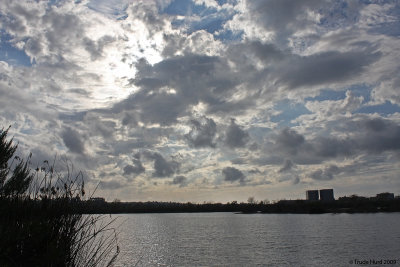
Winter days and nights are cool but mild |
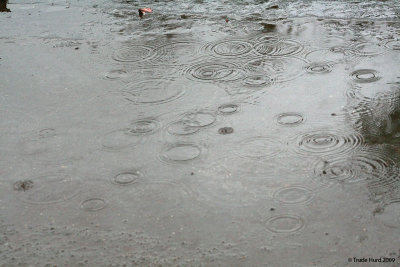
Rain provides plenty of water for plants and animals |
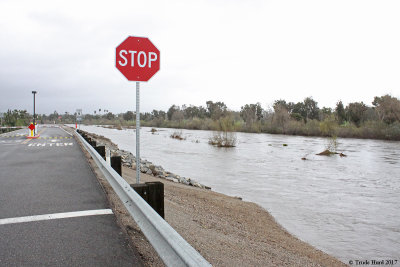
San Diego creek may fill with runoff but water level goes down quickly |
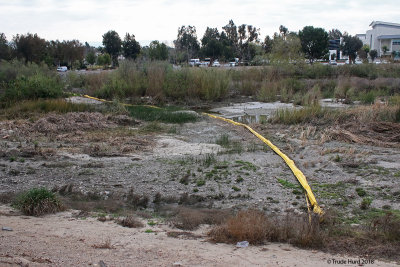
Yellow trash boom across the creek catches trash before it flows to the ocean |
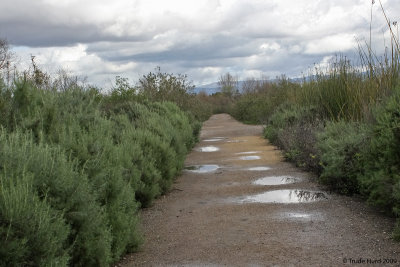
Trails may be wet in some areas but they are still passable and dry quickly |
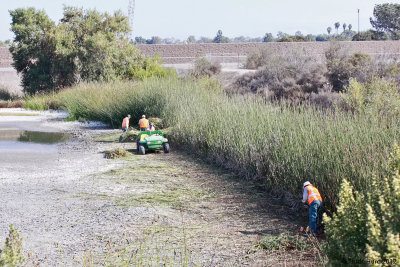
Ponds D and E may be drained for vegetation removal to keep ponds open |
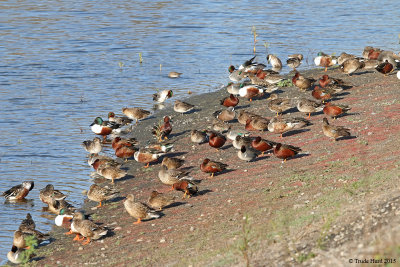
Waterfowl diversity is high: Mallard, Northern Shoveler, 3 species of teal, Gadwall, Bufflehead, and Ruddy Duck |
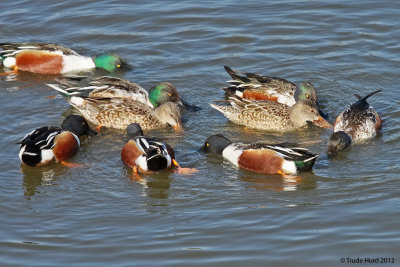
Northern Shovelers feed by circling in small flocks to stir up prey |
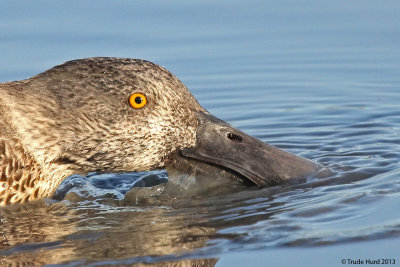
The Northern Shoveler beak has a serrated “comb” to help strain prey from the water |
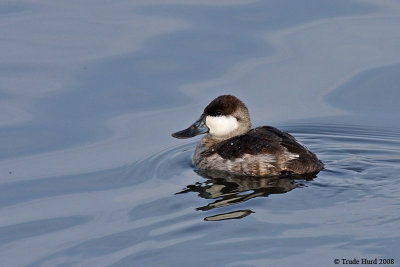
Ruddy Duck’s bill starts turning blue for the upcoming breeding season |
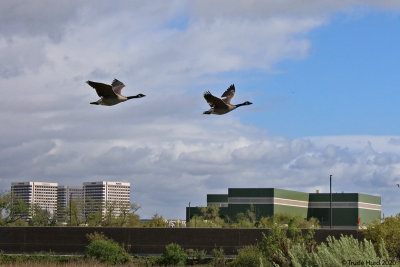
In early morning, Canada Geese honk as they leave the marsh to graze at nearby golf courses and parks |
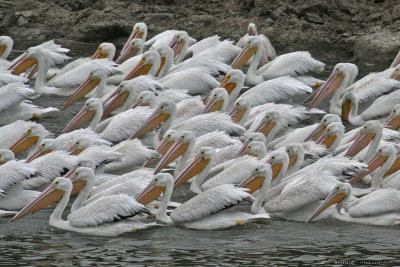
American White Pelicans winter at the marsh in large flocks (up to 200-300) and feed on fish in the creek and deeper ponds |
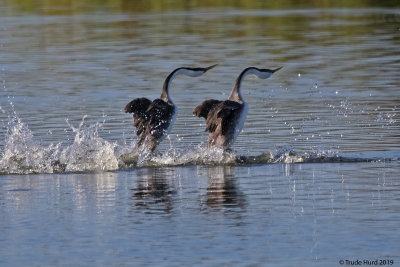
Western and Clark’s Grebes courtship display includes “rushing” across the water’s surface |
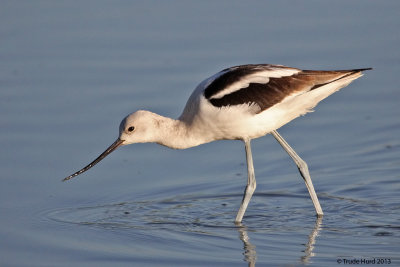
American Avocet head is grayish-white in winter but orange in breeding season |
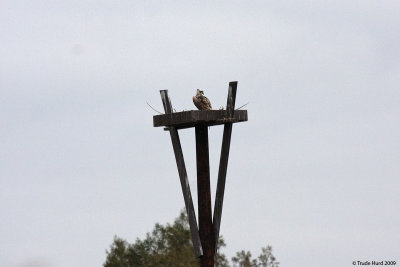
The Osprey pair begin bringing sticks to reinforce their nest platform in pond 4 |
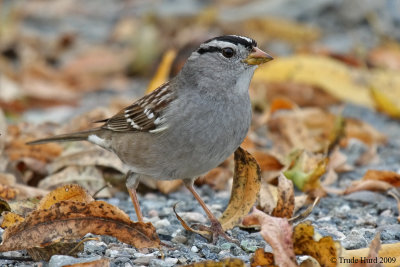
White-crowned Sparrows feed on plant seeds on the ground (present only in fall and winter) |
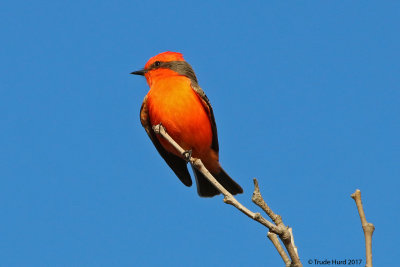
Vermillion Flycatcher hunts insects by flying out from its perch on tall bare tree branches (present only in fall and winter) |
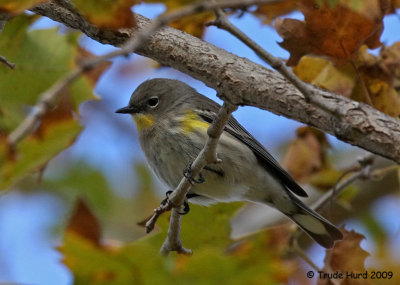
Yellow-rumped Warblers hunt insects in trees, shrubs, and on grass (present only in fall and winter) |
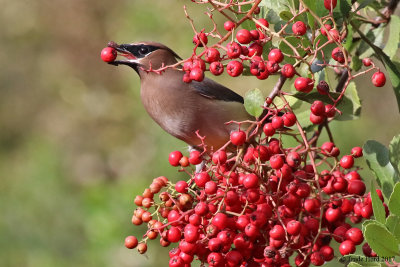
Cedar Waxwings feed in flocks on toyon berries (which attracts wildlife photographers!) |
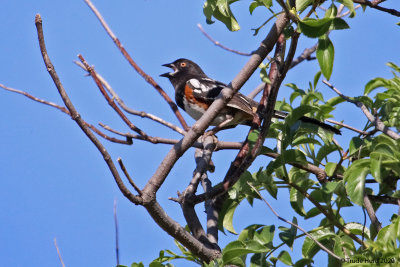
Spotted Towhee hides and feeds under bushes but begins singing from tree tops in late winter |
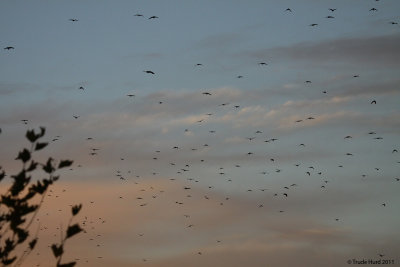
At sunset, American Crows flock to the marsh by the thousands to rest for the night |
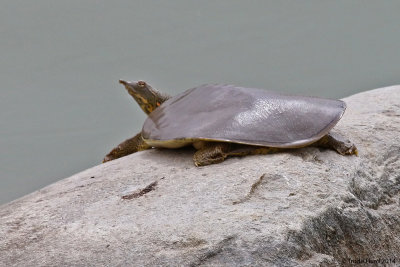
Few reptiles are seen due to hibernation but non-native spiny softshell turtle and red-eared slider may be out on a sunny day |
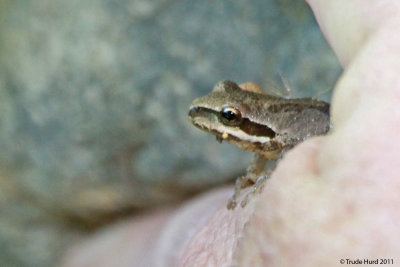
After a rain, Pacific tree frogs are heard but not seen as they call “cree-ick” from vegetation to attract a mate |
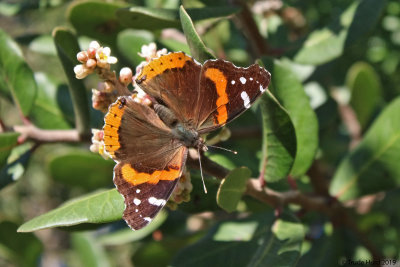
A few insects are seen on sunny days such as red admiral butterfly whose host plant is stinging nettle |
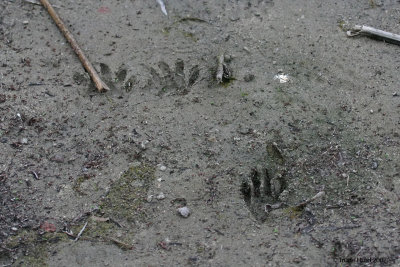
Look for hand-like tracks of raccoon on the trail between Ponds A and B. |
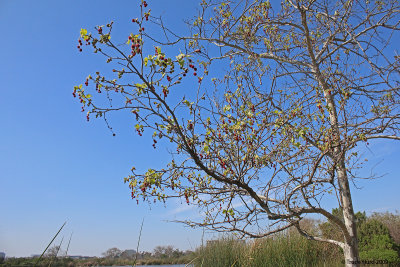
Deciduous trees flower first and then grow leaves (Western sycamore, Fremont cottonwood and arroyo willow) |
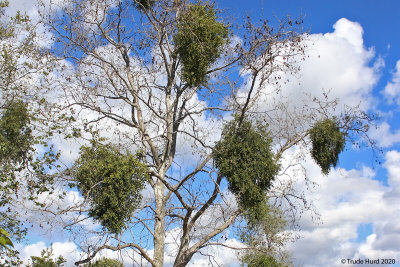
Mistletoe is a hemiparasite easily seen hanging on Western sycamore’s bare branches next to Audubon House |
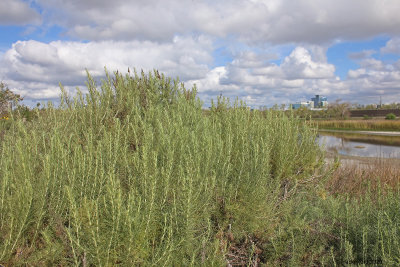
Many plants grow leaves like California sagebrush which has long soft leaves in winter but short stiff gray leaves in summer |
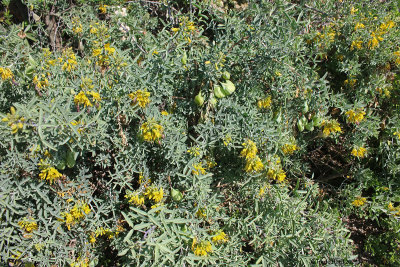
Bladderpod is in flower almost year-round and attracts pollinators |
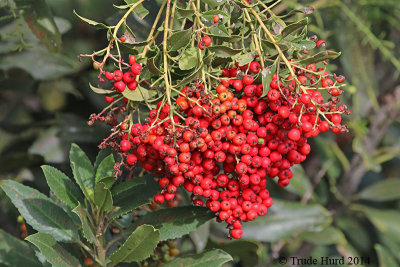
Toyon berries are bright red by December to attract Cedar Waxwings, House Finches, and Northern Mockingbirds. |

Avoid contacting dwarf stinging nettle which grows along the banks of the rectangular ponds (it looks like mint) |
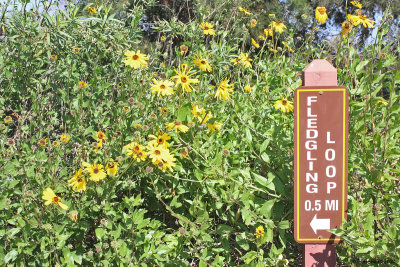
California bush sunflower grows new leaves after being drought-deciduous for summer and then flowers spectacularly |
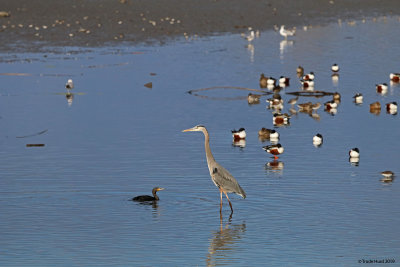
Winter is a good time to visit the San Joaquin Wildlife Sanctuary! |
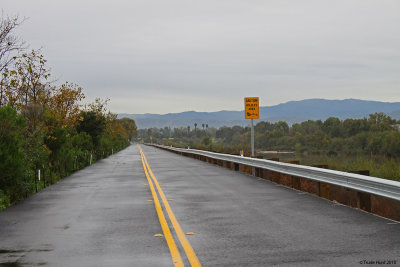
Remember speed limit is 20 mph to protect the wildlife plus daylight hours only, no pets, and no dogs. Enjoy your visit! |











